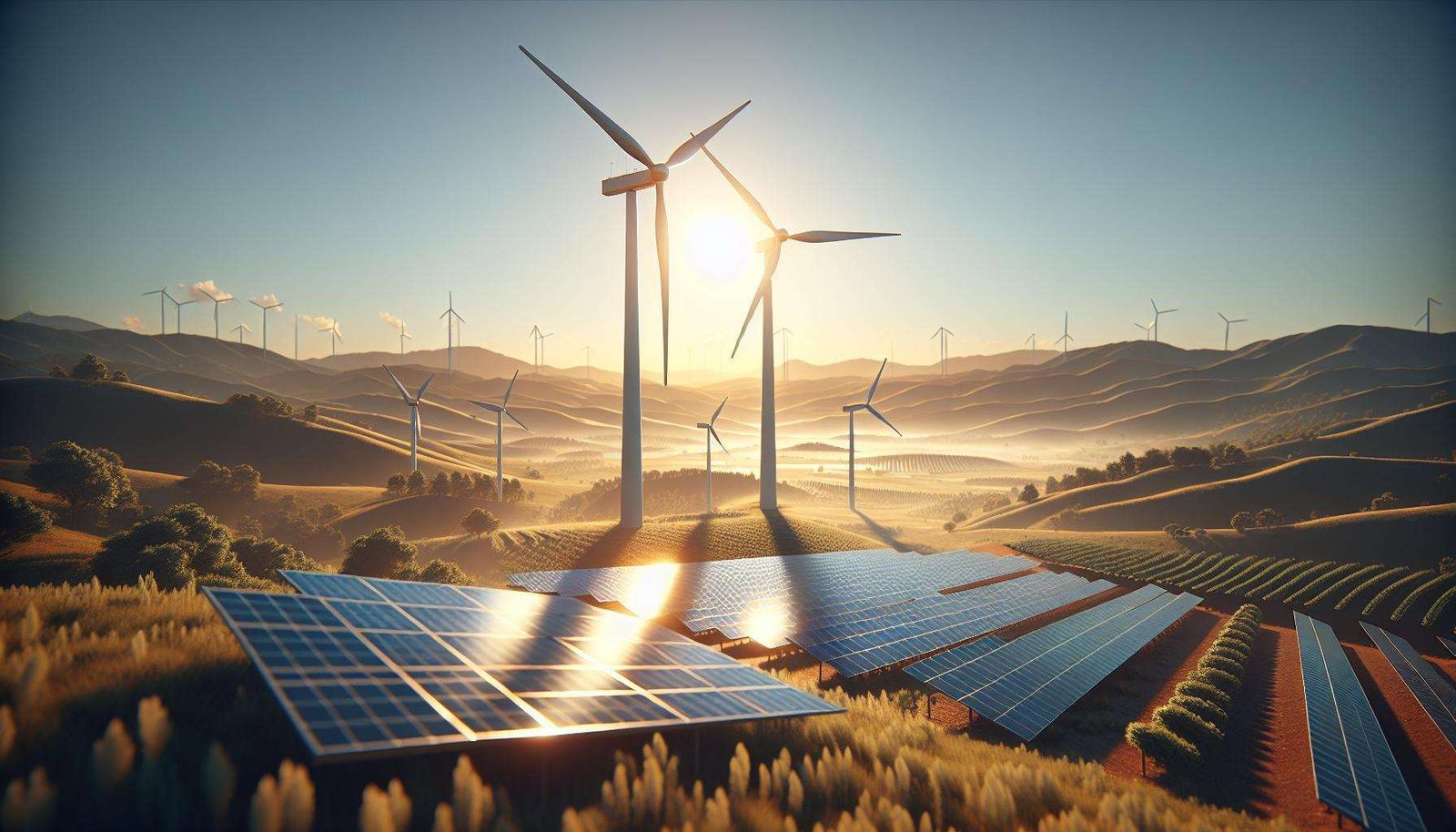
The world is witnessing an energy revolution. As traditional coal plants grow older, we’re seeing a rapid increase in the use of renewable energy sources such as wind and solar power. This shift is not just about replacing old coal plants, but it’s also about paving the way for a cleaner, more sustainable future. Let’s delve into how wind, solar, and energy storage solutions are poised to become the primary sources of global electricity generation, providing numerous environmental and economic advantages.
The Rise of Renewables
Renewable energy is growing rapidly according to recent data on renewable energy trends. Over the last decade, there has been a transformative shift in how power is generated. Wind turbines and solar panels have popped up across landscapes, contributing an ever-increasing share of electricity. In 2021 alone, nearly 295 gigawatts of new renewable power capacity was added worldwide. This trend points to a significant move away from the environmentally harmful practice of burning fossil fuels.
Wind Energy: Harnessing Nature’s Power
Wind energy works by using the aerodynamic force from rotor blades, which are somewhat similar to a plane’s wings. When wind flows across these blades, it creates lift (like airplane wings) and drag (resistance). The lift is stronger than drag, which causes the blades to spin. The blades are connected to a generator that converts the kinetic energy into electricity. Wind power installations have grown worldwide, with leading countries like China, the US, and Germany pushing for increased capacity, as seen in the Global Wind Energy Council’s report.
Solar Power: Capturing Sunlight to Generate Electricity
Solar energy is another powerhouse among renewables. Solar panels work by using photovoltaic cells to convert sunlight into electricity. When the sun’s rays hit these cells, they knock electrons loose from their atoms, allowing electricity to flow. An increasing number of countries have realized the potential of this abundant energy source. In fact, solar installations are seeing record growth globally, with continuous breakthroughs making solar panels more efficient and cost-effective.
Energy Storage: Bridging the Gap
One major hurdle renewable energy has faced is its intermittent nature—what happens when the sun doesn’t shine or the wind doesn’t blow? This is where energy storage systems come into play. Large batteries can store energy when production is high and release it when demand soars, ensuring a consistent power supply. Innovations like lithium-ion batteries and pumped hydro storage are proving critical in balancing the supply and demand of renewable energy.
Environmental Impacts and Benefits
Environmental impacts are at the heart of the shift from coal to renewables. Burning coal releases significant amounts of greenhouse gases, contributing to global warming. In contrast, wind and solar energy produce electricity with minimal carbon emissions during operation. By replacing coal with renewables, we are effectively reducing the carbon footprint associated with electricity generation, thus mitigating climate change impacts.
Economic Advantages
Beyond environmental benefits, the switch to renewable energy brings substantial economic advantages. Renewable energy projects often have lower operational costs because they don’t require fuel, and they offer job opportunities in manufacturing, installation, and maintenance. Additionally, countries can become energy-independent, reducing their reliance on imported fossil fuels.
Challenges and Future Perspectives
Despite the positive trends, there are challenges to overcome. The initial investment for setting up renewable infrastructure can be high, and integrating renewables into existing power grids requires a strategic approach. Furthermore, policy frameworks must align with renewable energy goals to support consistent growth.
Looking ahead, international commitment is essential. The International Energy Agency projects that by 2030, renewables will constitute a major share of global power capacity. Long-term sustainability will depend on continued innovation in technology and the political will to foster an enabling environment for green energy.
The Road Forward
The transition from coal to renewables like wind and solar marks a significant step towards a sustainable future. This shift not only helps reduce environmental impacts but also presents new opportunities for economic growth. For both developed and developing nations, the focus should be on enhancing infrastructure, encouraging investment in renewables, and ensuring policies support the green transition.
In conclusion, as the world edges closer to a greener future, it’s essential to keep the momentum going. With continued effort and innovation, renewable energy technologies will pave the way for a cleaner, healthier planet. This transformation is not an overnight process, but a pivotal shift that holds promise for generations to come.
The post Global Renewable Surge: How Wind, Solar & Storage are Replacing Coal appeared first on Green.org.














